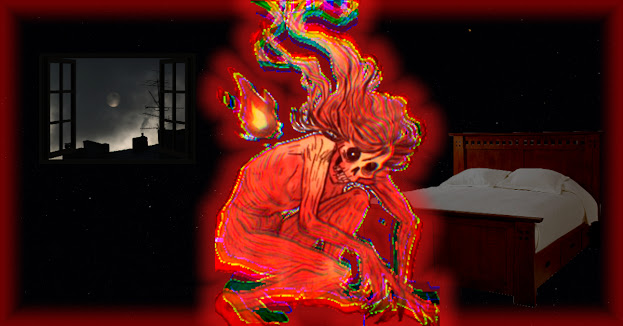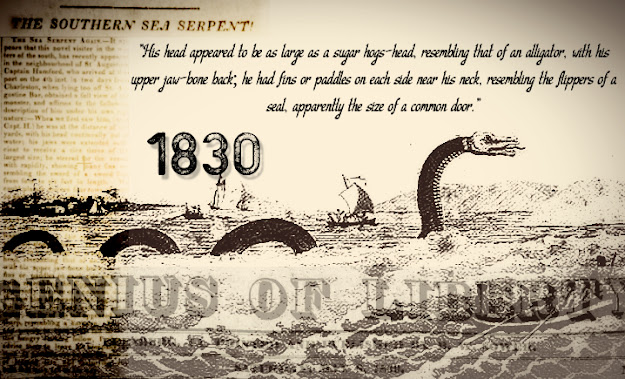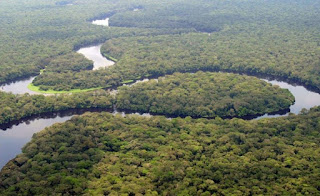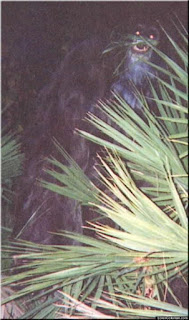Legend of the Boo Hag: Gullah Culture in the Southeast U.S.

From the sixteenth century until the federal law of The Act Prohibiting Importation of Slaves of 1807, British American colonies, or later the United States of America was importing slaves from Africa via the Trans Atlantic Slave Trade. The southeast, notably Georgia and South Carolina, relied on skilled slave labor to uphold farms and the crops that grew there such as rice, corn, sugar, and of course: cotton. In this region, coastal ports such as the Savannah and Charleston ports played a huge role in importing Africans for them to be dispersed and sold. It is believed that up to half of the enslaved Africans transported into the British American colonies were brought through the Charleston port. And the Savannah port, beginning in the late 1700s, also brought many of the remaining enslaved Africans into the colonies. Most of the imported slaves in this area came from West Africa because of the natives’ knowledge of rice agriculture. Today, many of the descendants of the slave


